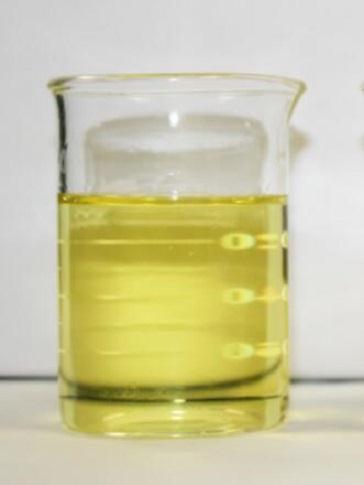| Identification | Back Directory | [Name]
Naphtha (petroleum), light alkylate | [CAS]
64741-66-8 | [Synonyms]
SK-ISOL E
light alkylate
LIGHTALKYLATENAPHTHA
LIGHTALKYLATENAPHTHADISTILLATE
Naphtha (petroleum), light alkylate
TIANFU-CHEM -Naphtha (petroleum), light alkylate
Naphtha (petroleum), light alkylate Low boiling point modified naphtha | [EINECS(EC#)]
265-068-8 | [Molecular Formula]
unspecified | [MDL Number]
MFCD01940149 |
| Hazard Information | Back Directory | [Description]
Naphtha (petroleum), light alkylate is a light petroleum product, the word comes from Persian, which refers to volatile petroleum products, generally refers to the fraction of 30 ~ 220 ℃. Since the 1960s, with the development of the petrochemical industry, naphtha has become an important raw material for the production of ethylene, propylene, benzene, toluene and xylene by tube furnace cracking. | [Chemical Properties]
Naphtha (petroleum), light alkylate is colorless or light yellow liquid. Coking aromatic hydrocarbon mixture obtained by fractional distillation of coal tar light oil. The boiling range is 120 ~ 200 ℃, mainly composed of toluene, xylene isomer Chemicalbook, ethylbenzene, cumene, etc. The relative density is (20℃/4℃) 0.85~0.95, the flash point is 35~38℃, and the chemical properties are similar to toluene and xylene. | [Uses]
Naphtha is mainly used as raw material for cracking, catalytic reforming and ammonia production, and can also be used as chemical raw material and general solvent. | [Definition]
Naphtha (petroleum), light alkylate is a complex combination of hydrocarbons produced by distillation of the reaction products of isobutane with monoolefinic hydrocarbons usually ranging in carbon numbers from C3 through C5. It consists of predominantly branched chain saturated hydrocarbons having carbon numbers predominantly in the range of C7 through C10 and boiling in the range of approximately 90.degree.C to 160.degree.C (194.degree.F to 320.degree.F). | [Flammability and Explosibility]
Extremelyflammable | [Toxics Screening Level]
The Initial Threshold Screening Level (ITSL) for light alkylate naphtha (also known as
branched octanes and lsoparaffinic HC solvent) is 138 microgram per cubic meter
(μg/m3) based on an annual averaging time. |
|
|